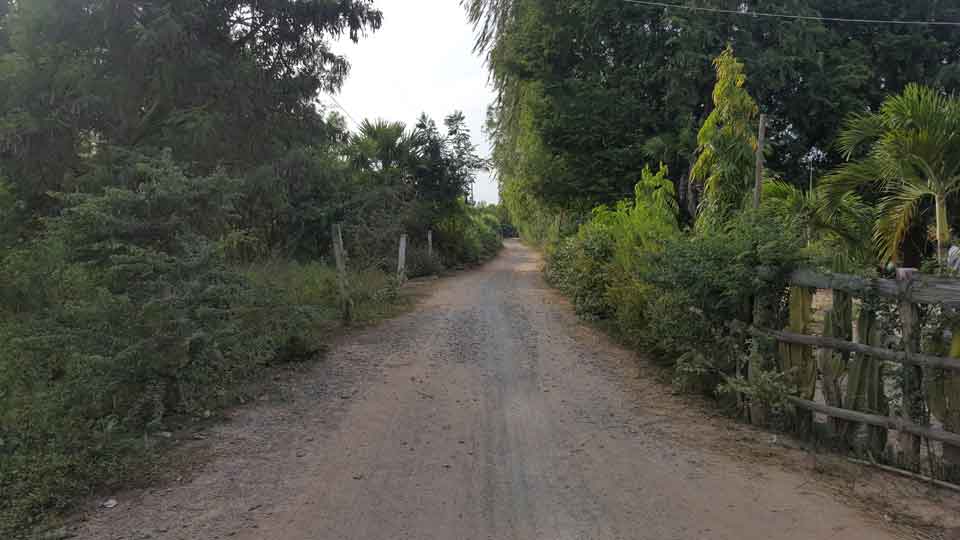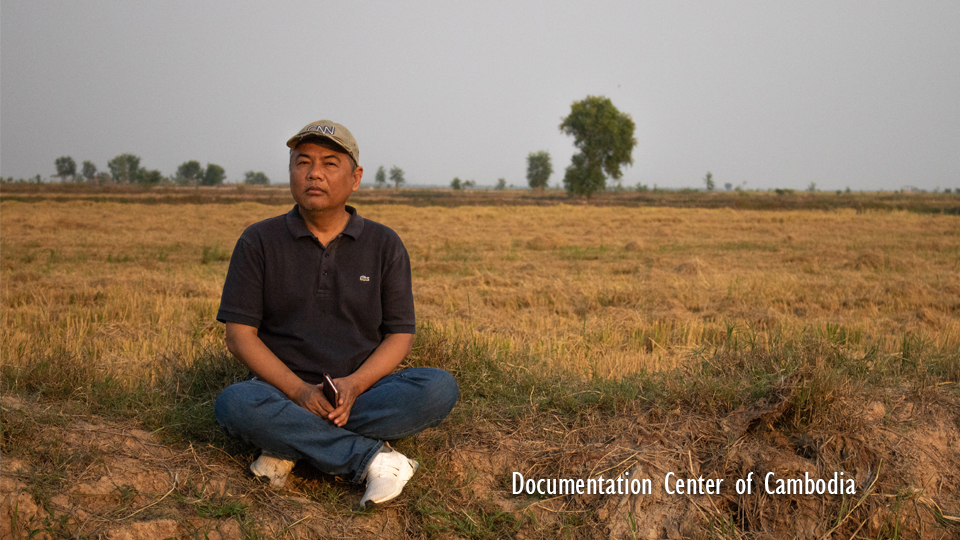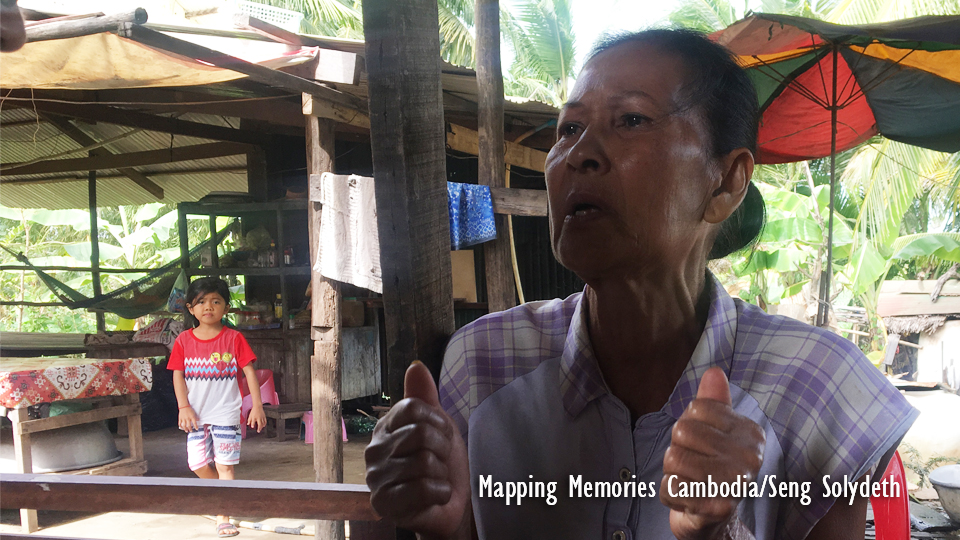Hidden worship: The struggle to pray under KR
Shahidan mosque / Svay Klaing Mosque
By Zahron Sokry
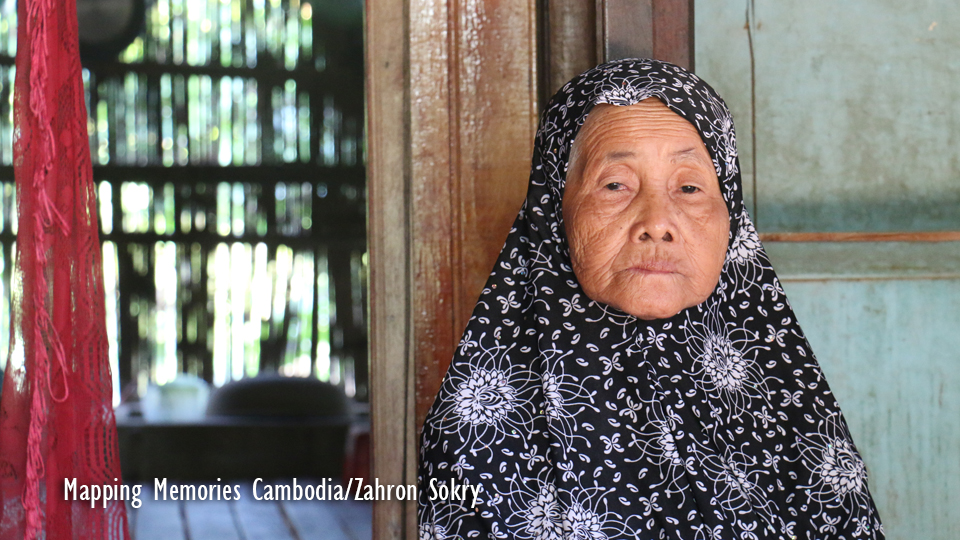
Before the dawn breaks at about 4:45 a.m., the sound of calling people for morning prayer can be heard in an ethnic Cham Muslim village of Khpob II. This village is about an hour away from Soung city by motorbike.
Once the Mu’adhin, the caller to prayer, stops, Cham Muslims gather in the mosque to pray together. They pray peacefully in the mosque in Khop II village called Shadhidan.
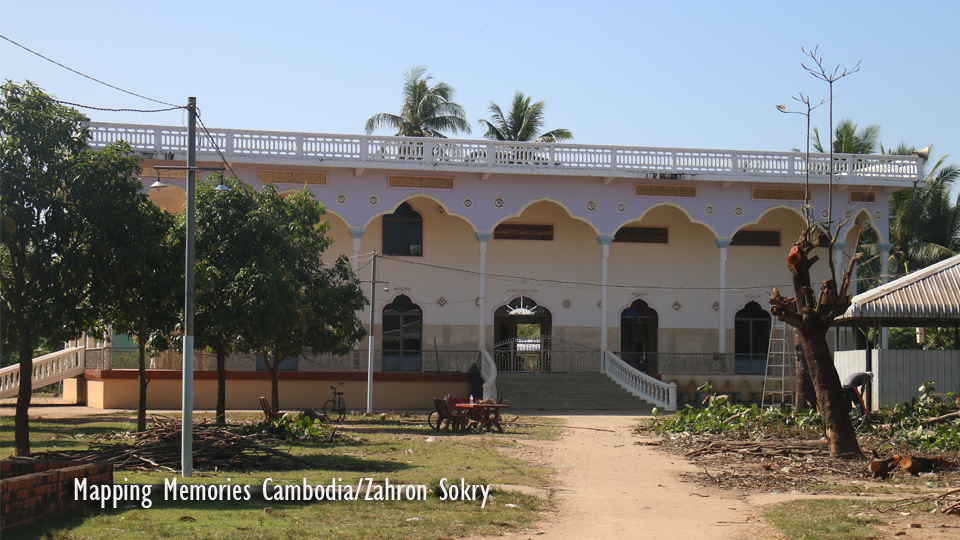
During the Khmer Rouge regime, all Muslims were forced to abandon praying as the regime banned all religious practice including the Buddhism, the main religion that is practiced by 90 percent of the Cambodian population as well as Islam, the religion practiced by 10 percent. Instead, everyone was forced to work in the rice fields to support the agrarian policy of the Khmer Rouge.
Forced to abandon her faith, Ke Tiveou, one of the villagers in Khpob II village, found a way to worship Allah, the name for God used by Muslims. She recalled how she managed to pray despite being closely watched by the Khmer Rouge.
“First we could pray openly but it became harder and harder later on. They [the Pot Pot spies] did not allow us to pray, but I was pretending to sleep in order to pray. During working hours, when nobody [the Khmer Rouge] was watching, I sat down to pray, but when they came, I broke the prayer and spoke with them.”
“At night when nobody was watching, that was the time I could pray standing. Nobody dared to pray because [the Khmer Rouge] would kill them.”
“At times, I pretended that I needed a bathroom break and used that time to pray. The Khmer Rouge would not follow us,” said Tiveou.
All Muslims, including Cham Muslims, are required to pray five times a day— dawn prayer, noon prayer, afternoon prayer, the sunset prayer, and night prayer. Each time before praying, they have to perform an ablution to clean themselves. None of these practices were allowed during the Khmer Rouge regime.
Leaders and followers of any religion became enemies of the regime. They faced execution if they did not follow the regime’s rules. The Khmer Rouge considered religious practice as an act against their revolution.
“In this world, I was afraid of their mistreatment, but in the hereafter, I feared only Allah, not them.
“I secretly prayed with my mother when the time for praying came. When I could not pray the noon prayer, I did it by combining it with the next prayer. I did these things because I lived under their [Khmer Rouge] control. I was quite scared that if I was found praying, I would be killed. They never did find out,” said Tiveou.
Another Cham Muslim of Khpob II village, Sos Mohammad Nour, said the restriction of religious practice was in place since the Khmer Rouge took over the area in 1973.
“Pray! We could not pray at all. We hid to pray. We prayed by pretending to sleep. We prayed in the water,” Sos Mohammad Nour said.
Sos Mohammad Nour felt the restriction on religion practice in his village became more severe as resistance took place in the two villages nearby, namely Koh Phal and Svay Klaing.
Although all religious practices were banned during the Khmer Rouge regime, the restriction on the religious practice for the Cham Muslim community was considered to be more restrictive, explained Ms. Farina So, a researcher at the Documentation Center of Cambodia (DC-CAM) which works on the Cham Oral History project.This project records the experience and preserves the memories of the Cham Muslim community under the Khmer Rouge regime.
According to Ms. Farina, the restriction on religious practice was in place since 1973 when the Khmer Rouge controlled about 60 percent of Cambodia’s territory. The areas controlled by the Khmer Rouge were named “liberated areas”. Koh Phal and Svay Klaing villages were two of the liberated areas.
As restrictions become more severe toward the end of 1975, Cham Muslim communities resisted. The protest in Koh Phal village began in late 1973 and lasted until 1975.
Following the protest, religious leaders and teachers, Hakim and Tuan, of the Muslim Cham community faced arrest and execution by the Khmer Rouge.
“After that village [Koh Phal village] had so many people die, the Svay Klaing village people started to protest against the Khmer Rouge, especially in 1975. In the month of fasting, Hakim, Taun, and youth who participated in the protest were arrested,” said Ms. Farina.
Tiveou’s brother was also arrested during the one protest against Khmer Rouge.
“Even nowadays, I always want to cry when I think of my brother. I don’t know where he was killed and where he was buried. I had not seen my brother as he was escorted at night. I could not do anything but cried at home. They arrested him as he was a Hakim [Muslim] and a village chief,” said Tiveou.
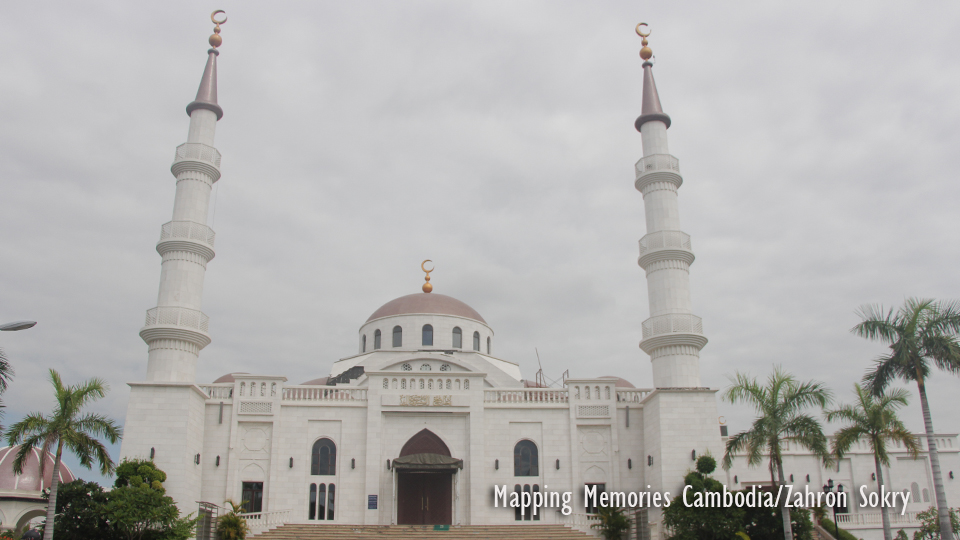
Figures based on historian Kienan Ben’s research show that only 20 out of 113 ethnic Cham Hakim survived the regime.
Before the Khmer Rouge, there were about 700,000 Cham people living in Cambodia. That is 10% of Cambodia’s population at that time. Only about 200,000 Cham people survived after the Khmer Rouge fell in 1979, estimated by Isa Osman in his book Oukoubah published in 2002.
Recently the Extraordinary Chambers in the Courts of Cambodia (Khmer Rouge Tribunal) heard case 002/2 which relates to the genocide against Cham people by Khmer Rouge leaders, Noun Chea and Kheiu SamphanIn 2015 these two leaders were sentenced to life imprisonment.
